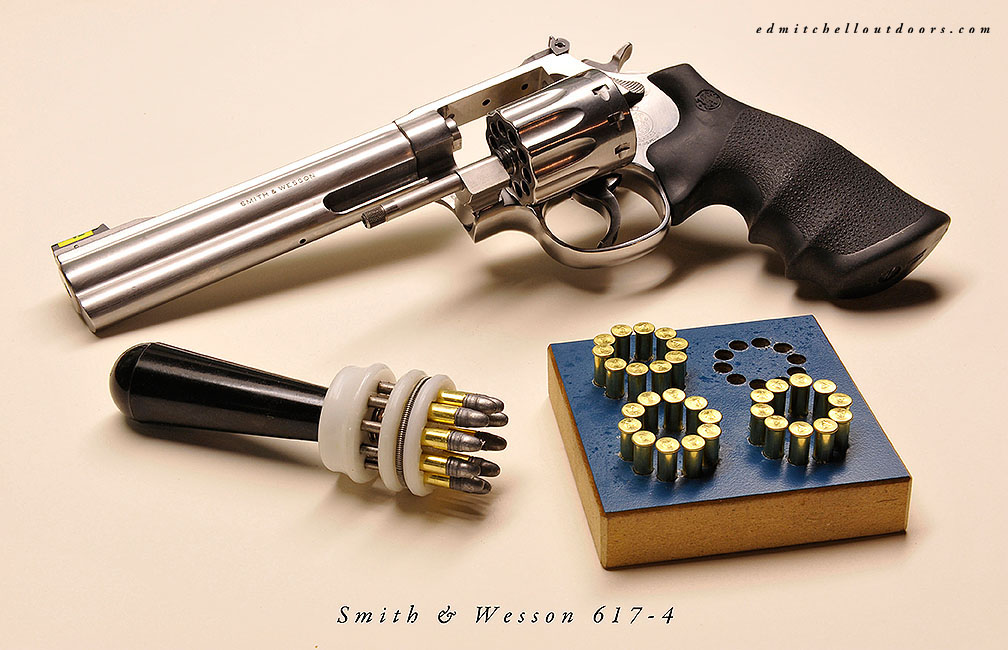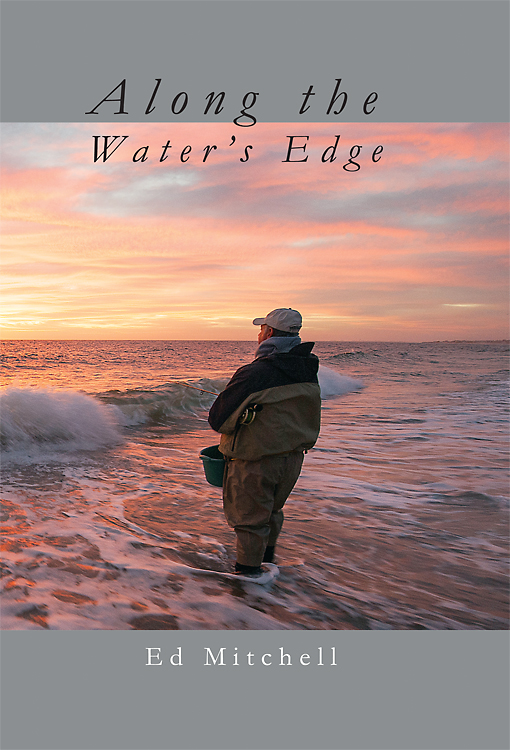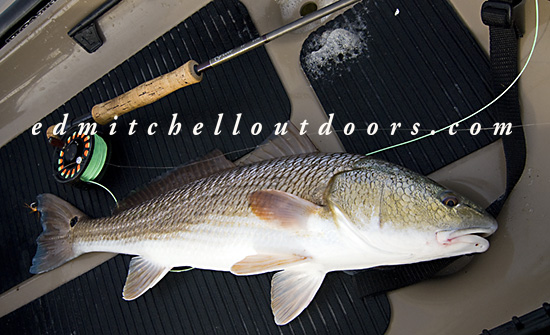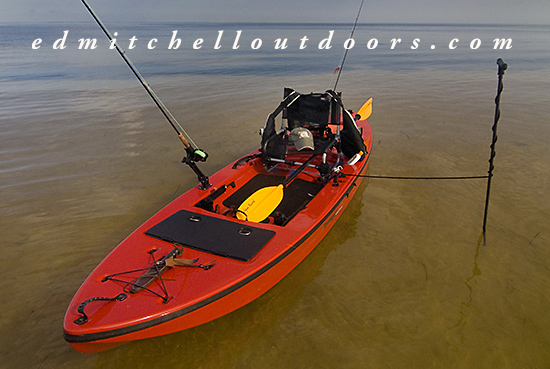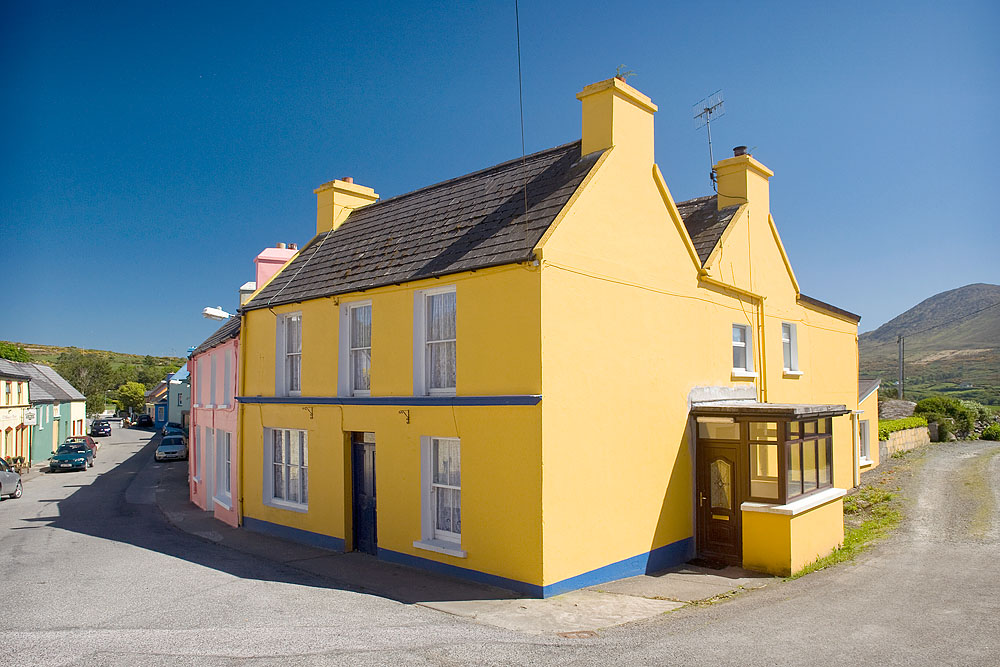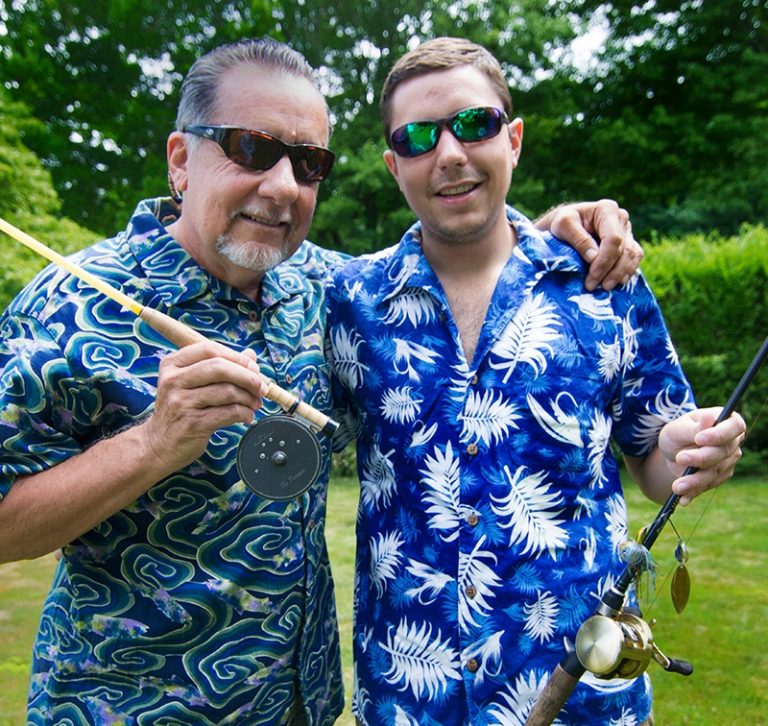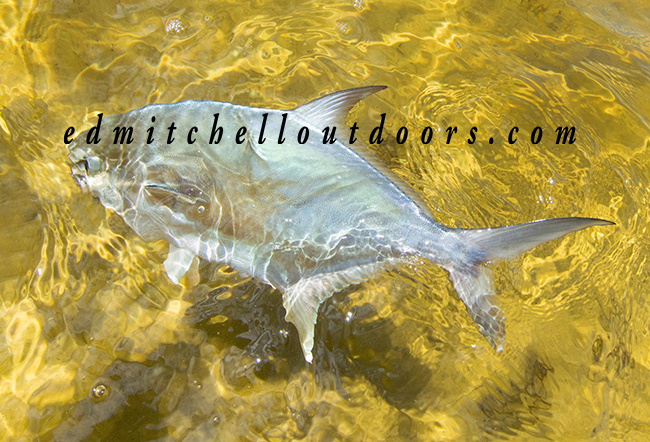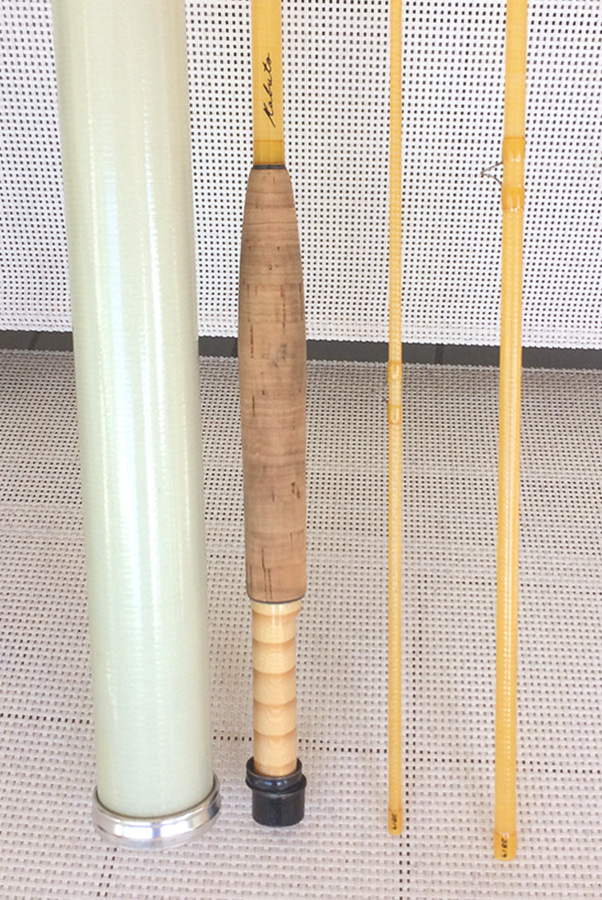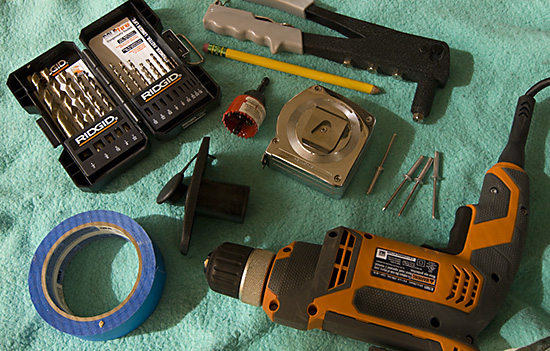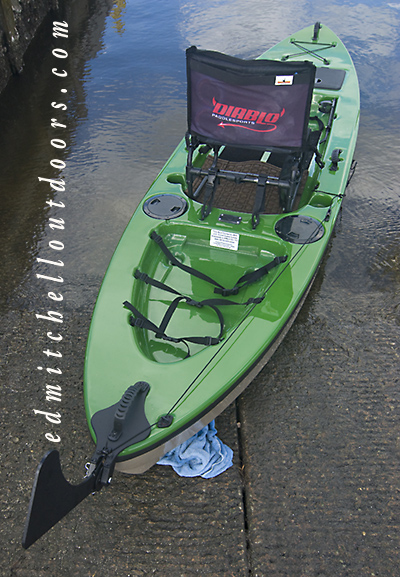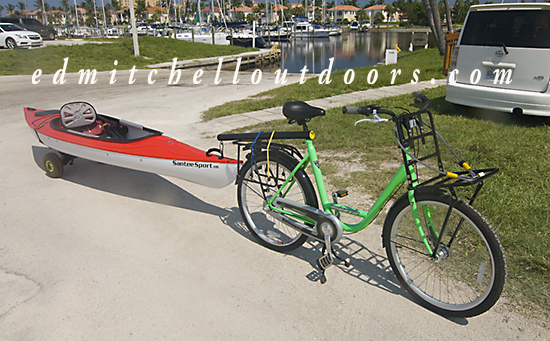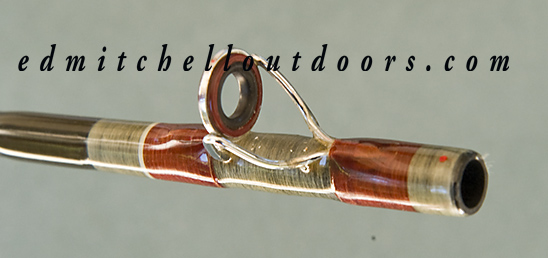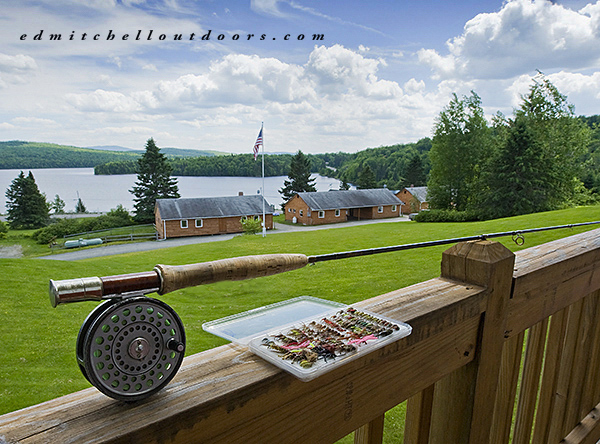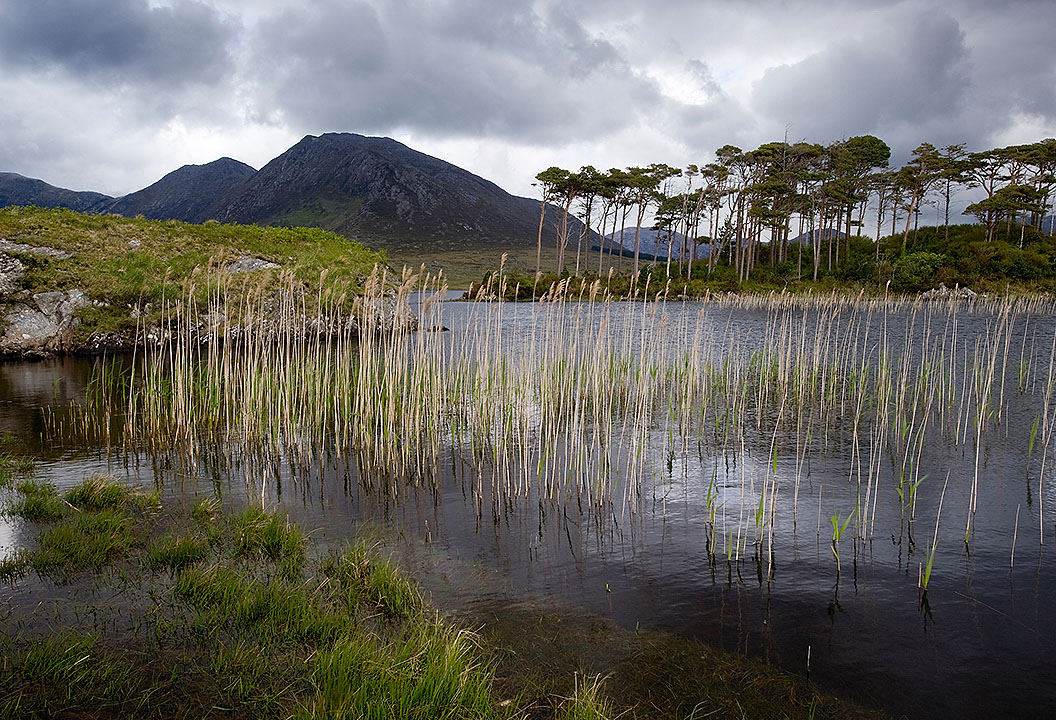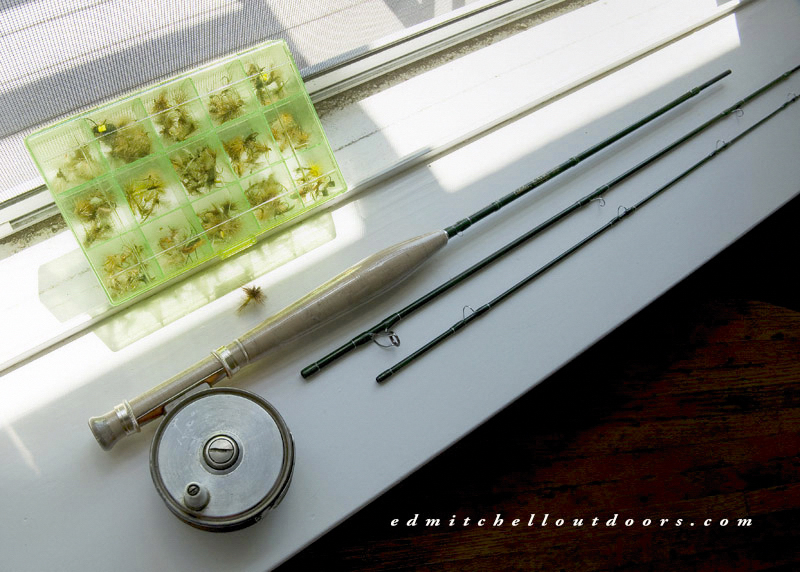 When it comes to trout fishing, I’ve long been an advocate of fiberglass fly rods. Their slow, forgiving action is ideal wherever short casts, small flies and fine tippets apply. So when Cabela recently issued a line of 50th Anniversary glass fly rods, I scrambled to their store to take a look.
When it comes to trout fishing, I’ve long been an advocate of fiberglass fly rods. Their slow, forgiving action is ideal wherever short casts, small flies and fine tippets apply. So when Cabela recently issued a line of 50th Anniversary glass fly rods, I scrambled to their store to take a look.
Out of the group, one really really caught my eye. It was a 5’9″, 3 piece, 3-weight, with spigot ferrules and a slide band reel seat. The blank is green, carries PacBay components, and comes with a decent tube. Now I have a Winston glass “Stalker“, a 2 piece, 6’6” for 3-weight rod. It’s the shortest fly rod I have owned; and it’s fun to fish. Love the thing in a spinner fall or when fishing tiny dries. So I have a soft spot for little fly rods and decided to pick this Cabela puppy up; it was 99 bucks. Yeah, made in China. And it’s a good thing I did, a day or two later the store sold out, and the rod is presently back-ordered 13 weeks.
If you cut your teeth on “fast” action graphite rods, this short, glass rod is apt to kick your backside. Slow down my friend; take you’re time with the cast. Relax. And if you need to reach out bit, don’t use more force. Instead, lengthen your casting stroke – the distance your arm travels during the cast. That’s the secret with a slow action fly rod. A little lawn work proved it threw a 3-weight WF reasonably well, but cast a 2-weight WF much better. And I’ll guess a 2DT might be perfect. The rod easily reached out 20 plus feet, and that’s great. With a rod this size, you best fishing range is inside 15 feet. Why? You can’t “mend” much line with such a short rod, and you’ll get better hook sets in close. But hey, most trout on eastern rivers are caught inside 15 feet.
 I dug up an old 3″ Ocean City fly reel, that fit the slide band reel seat. Slide band seats can be fussy. Added a 9 foot 5x leader, and took the new rod fishing. Using a size 14# bead-head caddis and an indicator, I soon had a 12″ rainbow aboard. What a major blast! Fought like he was 18″. In fact, every fish I tangled with seemed 6″ bigger. Man, this is a sweet little rod. Well worth the moolah!
I dug up an old 3″ Ocean City fly reel, that fit the slide band reel seat. Slide band seats can be fussy. Added a 9 foot 5x leader, and took the new rod fishing. Using a size 14# bead-head caddis and an indicator, I soon had a 12″ rainbow aboard. What a major blast! Fought like he was 18″. In fact, every fish I tangled with seemed 6″ bigger. Man, this is a sweet little rod. Well worth the moolah!





